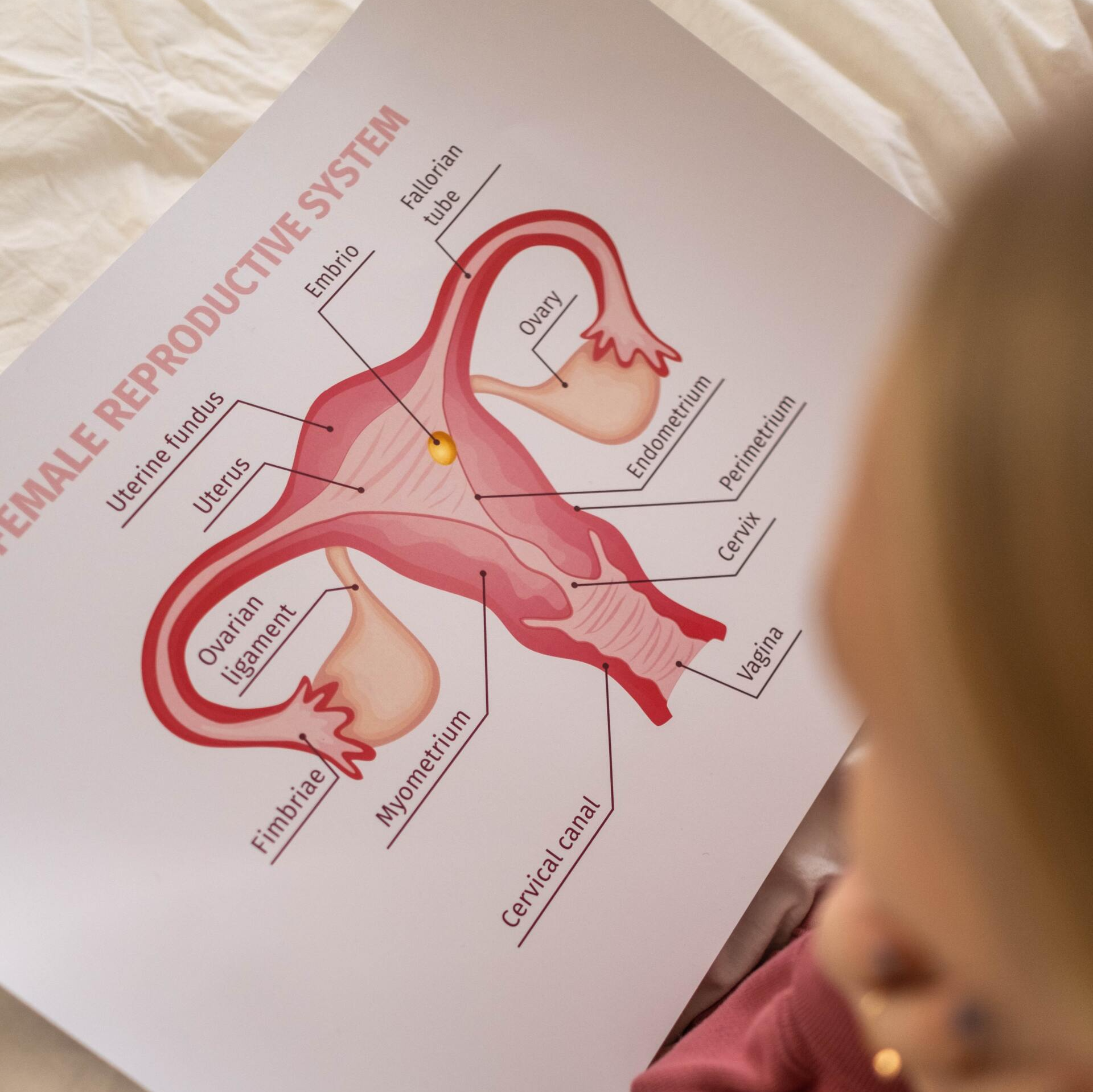Once upon a time, a young woman named Susan was looking for a long-term birth control solution. She had heard about the Intrauterine Insertion Device (IUD) from her friends and decided to talk to her healthcare provider about it.
Susan went to see her doctor, who explained that an IUD was a small, T-shaped device that would be inserted into her uterus to prevent pregnancy. The doctor told Susan that there were two types of IUDs available: hormonal and non-hormonal. The hormonal IUD would release a small amount of progestin to prevent fertilization, while the non-hormonal IUD would use copper to create a hostile environment for sperm.
Susan decided to go with the hormonal IUD, as she preferred a method that would not cause heavy periods or cramping. The doctor inserted the IUD into her uterus during a quick and relatively painless procedure.
After the insertion, Susan felt some mild cramping and spotting for a few days, but these symptoms quickly resolved. She was pleased with her decision to get an IUD, as it provided her with effective birth control that did not require any daily maintenance or ongoing use.
Over the next few years, Susan did not have to worry about pregnancy and enjoyed the freedom and peace of mind that came with her IUD. When she was ready to have children, she simply went back to her doctor to have the device removed, and soon after, she was able to become pregnant.
From that day on, Susan was grateful for her IUD and recommended it to anyone looking for a long-term, reliable birth control method.




